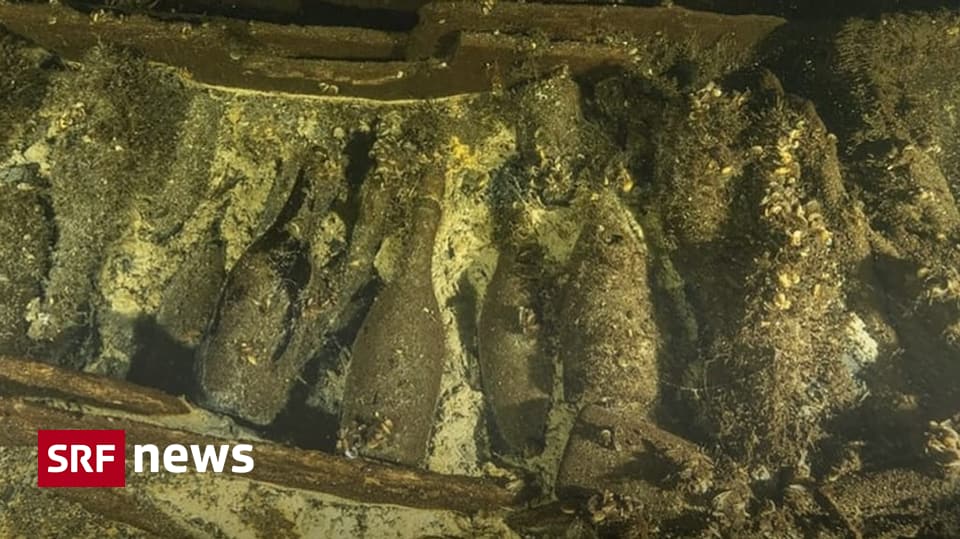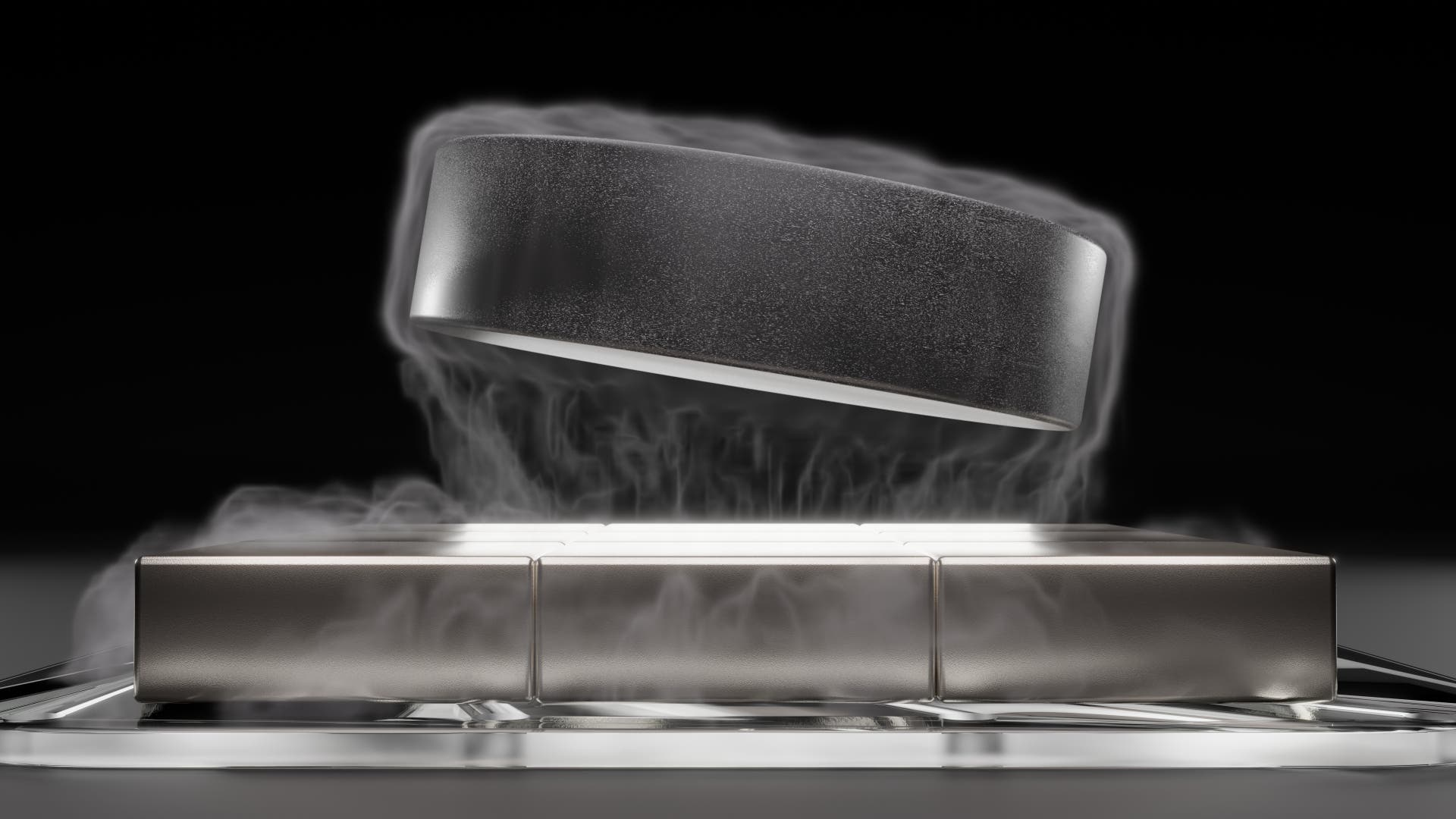Laboratory experiments published in 2015 identified hydrogen sulfide as a superconductor Computer simulations conducted a year ago confirmed this. Without rapid progress in structure prediction, the discovery of hydrogen-rich superconductors “probably would not have happened until 100 years later,” says materials scientist Artem Oganov of the Skolkovo Institute of Science and Technology in Moscow. Its evolutionary algorithms calculate the atomic arrangement with the lowest energy (and thus the highest probability of remaining stable) for a given pressure.
Simulations are particularly important for predicting the behavior of materials at high pressure. Under these conditions, atoms are packed so close together that they interact not only with their outer electrons, but also with their inner electrons—throwing the basic rules of chemistry out the window. An example of this is lithium hexahydride, which can only exist at high pressure. “Anyone who has studied chemistry will tell you something like LiH6 “It can’t be stable,” says chemist Eva Zurek of the University at Buffalo in New York.
Timeline: Milestones of superconductivity
1911: Observation of superconductivity
Physicist Heike Kamerlingh-Onnes found that the electrical resistance of solid mercury drops to zero once the “transition temperature” of 3 K (about -270 °C) falls. As a result, other pure metals were discovered, all of which have a transition temperature below 10 K.
1957: Superconductivity explained
Theoretical physicists John Bardeen, Leon Cooper, and John Robert Shriver describe a mechanism, now known by the acronym BCS, that explains the emergence of superconductivity. Materials whose resistance-free current transmission can be explained in this way are called ordinary or conventional superconductors.
1986: Cuprate discovery
IBM physicists Georg Bednorz and Alexander Müller observed that the copper-based material is superconducting at a temperature of 35 K (about -238 degrees Celsius). Thus they found the first high-temperature superconductor that could not be explained by BCS theory. In the following years, many coppers were discovered, some of which have superconductivity at temperatures up to 133 K (about -140 °C).
2001: Record temperature
Jun Akimitsu discovered the superconductivity of magnesium diboride. The transition temperature of 39 K (about -234 °C) remains to this day the highest known temperature at which a conventional superconductor can exist at ambient pressure.
2004: Superhydride prediction
Neil Ashcroft predicts that some hydrogen-rich materials should conduct electricity without resistance under high pressure, even at very high temperatures, according to BCS theory.
2006: Iron-based superconductors
A team led by materials scientist Hideo Hosono has discovered superconductivity in a material made of iron, lanthanum and phosphorus. These iron-based superconductors work through a unique, but poorly understood, mechanism.
2015: Superhydride detection
Mikhail Eremets and colleagues demonstrate the superconductivity of hydrogen sulfide at a temperature of 250 K (about -23 °C). Pressures of at least a million atmospheres are required for this and other superhydride superconductors.
2019: Discovery of nickel
Physicist Harold Huang and his team have discovered a class of unconventional superconductors based on nickel.
In the search for the most suitable element that can combine with hydrogen to form a superconductor, experts have now combed through almost the entire periodic table. They have also begun to simulate multi-element compounds with hydrogen, but this is more computationally difficult and requires supercomputers. The ones that seem to produce the most convincing results are minerals like calcium, lithium and lanthanum, Oganov says. One of the best materials seems to be the heavy metal actinium. However, this is difficult to verify because actinium is extremely rare and highly radioactive.
In the simulations, Lilia Boeri and other experts experimented with several boron-containing compounds. In these materials, the hydrogen atoms are close to each other due to their crystalline structure. Calculations indicate that this “chemical stress” could reduce the need for external pressure while maintaining the crystal’s high vibrational frequencies, allowing Cooper pairs to exist at warm temperatures.
Structures with covalent bonds that oscillate at high frequencies, even without high pressure, appear to be more promising. Simulations conducted by Boeri and her team showedSome materials – with structures similar to the superconducting magnesium diboride – can be superconducting at a temperature of 110 K (about -163 °C). This is still far from room temperature, but warm enough to avoid expensive liquid helium cryogenics. For these materials, simpler liquid nitrogen-based cooling systems may be sufficient.
“Superconductivity is difficult to achieve at ambient pressure and room temperature, and no one expects to find it that quickly,” says Eremets. He adds that any progress towards superconductors that operate at liquid nitrogen temperatures is already an important step forward.

“Alcohol buff. Troublemaker. Introvert. Student. Social media lover. Web ninja. Bacon fan. Reader.”







More Stories
Is the wrong diet making you forget?
We can study it with a new telescope.
Education: Start studying astronomy at school.